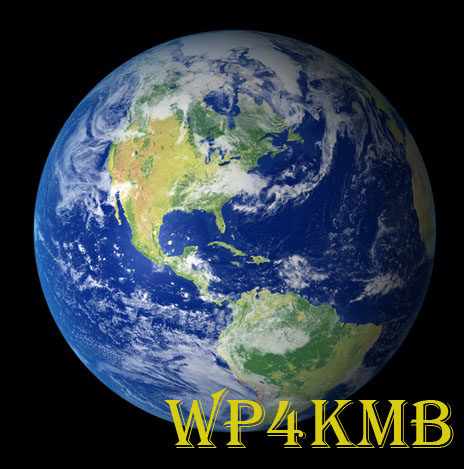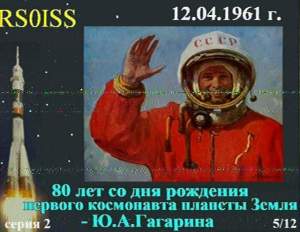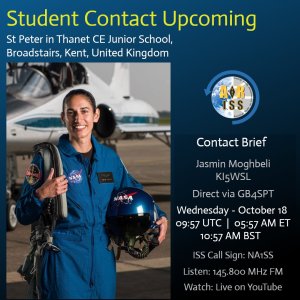Delfi-C3 – DO64 Deorbiting Soon
Delfi-C3 – DO64 Deorbiting Soon
After more than 15 years in orbit, Delfi-C3’s mission is about to come to an end. The team predict that re-entry will take place around November 16th 2023.
The re-entry date might vary depending on the solar activity, which is very hard to predict accurately. See also @Marco_Langbroek on Twitter for a similar prediction.
https://twitter.com/Marco_Langbroek/status/1720110996499349663
We would like to request all amateur radio operators / SWL’s / satellite enthusiasts worldwide to listen for Delfi-C3’s telemetry downlink on 145.867 MHz, 1200 baud AX.25 BPSK. We will hand out an award certificate to the person submitting the last Delfi-C3 telemetry frame.
This can be done either through the RASCAL software (updated version coming…), through the SATNOGS network or by sending us decoded telemetry frames with reception time and location via email to Delfi_at_tudelft.nl.
On behalf of the entire Delfi-C3 team, we would like to sincerely thank the worldwide amateur radio / SWL / satellite community for assisting the team by forwarding received telemetry and reception reports.
Back in 2008 we could not imagine the great support received so far and the many first we had, including a successful ground network and flying the first linear transponder in a CubeSat.
We strongly believe that Delfi-C3 has paved the way for many follow-on missions (both amateur and commercial), and has been a great step towards maturing CubeSat technology as well as training the next generation of space engineers. Stay tuned for updates!
On behalf of the team best 73s,
Wouter PA3WEG
Powered by WPeMatico
Editor
AMSAT-UK






